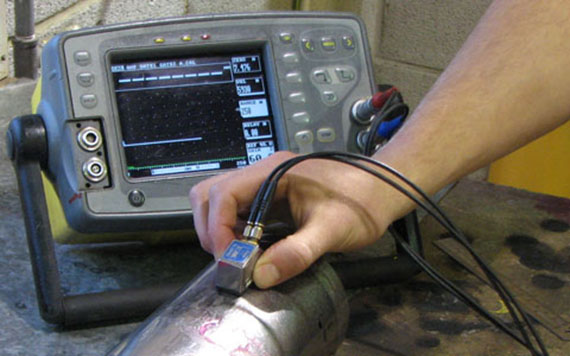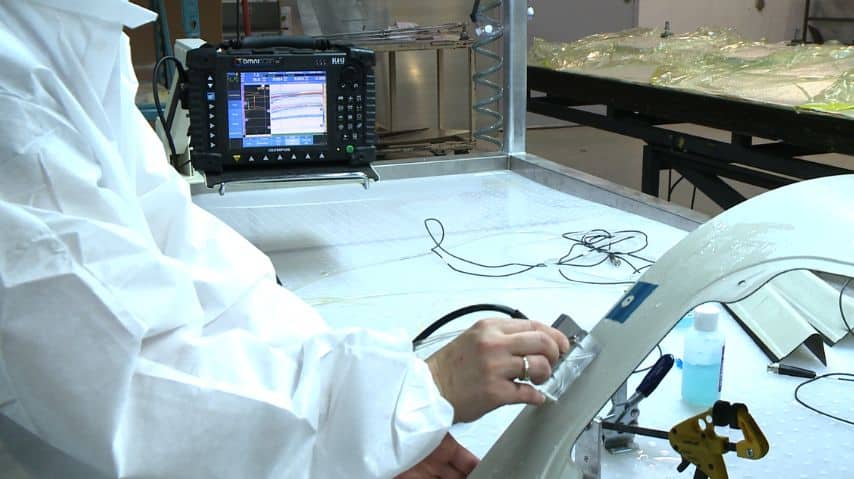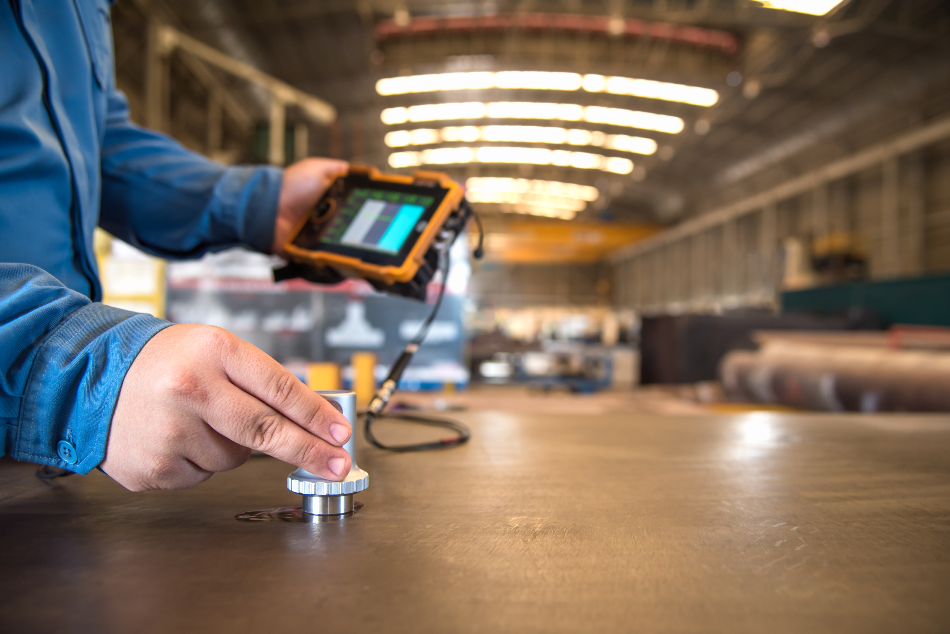In today’s rapidly advancing technological landscape, the debate over wired vs wireless synchronization in inspections has gained significant attention. Industry QA professionals are constantly seeking the most efficient and reliable methods to conduct inspections, ensuring that all processes are streamlined and accurate. This article delves into the intricacies of both wired and wireless synchronization, examining their benefits, challenges, and the best practices for implementation.

The Importance of Synchronization in Inspections
Synchronization plays a pivotal role in ensuring that inspection processes are carried out seamlessly. Whether it is a manufacturing plant, a construction site, or a quality assurance laboratory, the need for accurate and timely data is paramount. Learn more about inspection frequencies here. Choosing between wired and wireless synchronization can significantly impact the efficiency and accuracy of these processes.
Understanding Wired Synchronization
Wired synchronization involves the use of physical cables to connect devices and systems. This method has been a staple in industries for decades, offering reliable and stable connections. The primary advantage of wired synchronization is its ability to provide uninterrupted data transfer, minimizing the risk of data loss or corruption.
Advantages of Wired Synchronization
- Stable and Reliable Connections
- Minimal Interference
- Consistent Data Transfer Rates
Challenges of Wired Synchronization
- Limited Mobility
- Complex Installation
- Maintenance and Repair Costs
Exploring Wireless Synchronization
Wireless synchronization, on the other hand, utilizes radio waves to transmit data between devices. This method has gained popularity in recent years due to its flexibility and ease of installation. Wireless synchronization allows for greater mobility and can be particularly beneficial in environments where physical cables are impractical.
Advantages of Wireless Synchronization
- Increased Flexibility and Mobility
- Easy Installation
- Scalability
Challenges of Wireless Synchronization
- Potential Interference
- Security Concerns
- Variable Data Transfer Rates
Wired vs Wireless: A Comparative Analysis
When comparing wired vs wireless synchronization in inspections, it’s crucial to consider the specific needs and constraints of the inspection environment. Wired synchronization is ideal for situations where reliability and stability are paramount, while wireless synchronization offers flexibility and ease of use.
Case Studies: Wired Synchronization in Action
Many industries continue to rely on wired synchronization for critical inspections. For instance, in manufacturing environments where precision is crucial, wired systems ensure that data is transmitted accurately and without interruption. Visit the low vs high frequency inspection link for more insights into how synchronization impacts various inspection types.
Case Studies: Wireless Synchronization in Action
Wireless synchronization has proven beneficial in dynamic and challenging environments. For example, construction sites often utilize wireless systems to facilitate real-time data sharing among teams spread across large areas. This approach enhances communication and improves overall efficiency. More about innovations in synchronization technologies can provide further insights.
Best Practices for Implementing Synchronization
When implementing synchronization in inspections, it’s essential to consider factors such as the environment, data security, and the specific requirements of the inspection process. A thorough assessment will help determine the most suitable method, whether wired or wireless.
Ensuring Data Security
Data security is a critical concern in any synchronization process. Implementing robust security protocols and regularly updating systems can mitigate potential risks. This is especially important in wireless synchronization, where data transmission is more susceptible to interception.
Choosing the Right Technology
Selecting the appropriate technology for synchronization depends on various factors, including the complexity of the inspection, the size of the area, and the available resources. For a detailed analysis, check out the frequency in inspection tools article for more insights.

Future Trends in Inspection Synchronization
As technology continues to evolve, both wired and wireless synchronization methods are expected to undergo significant advancements. Emerging technologies such as quantum synchronization and 5G connectivity promise to enhance the speed and reliability of data transfer. For more on future trends, explore the quantum synchronization in inspection tools resource.
FAQs
What is the primary difference between wired and wireless synchronization?
The main difference lies in the method of data transmission. Wired uses physical cables, while wireless uses radio waves.
Which synchronization method is more secure?
Wired synchronization is generally considered more secure due to its stable and interference-free connections. However, wireless can be made secure with proper protocols.
Can both methods be used together?
Yes, a hybrid approach can be adopted, leveraging the strengths of both methods to optimize inspection processes.
This article contains affiliate links. We may earn a commission at no extra cost to you.
